A wonderful afternoon teatime treat, fit for royalty. Victoria scones are sweet, rich and simply delicious.

How can you make the humble scone more delicious, more indulgent and more regal? I give you….Victoria Scones!
I first came across a Victoria Scones recipe in one of my Granny’s many Be-Ro Books. Beyond the black & white photo, and recipe with imperial measurements, I haven’t been able to find out much more history on Victoria scones than that. The latest edition Be-Ro Book does include some snippets from their earliest books, which summarise these lovely little scones as being “fit to set before a Queen”. But given that Queen Victoria died some 20 years before that was published, it is probably a relatively safe assumption that these scones were simply inspired by Queen Victoria, as opposed to actually being served to her.
Or, perhaps we are just so used to the Victoria Sponge being synonymous with Queen Victoria that these beautiful little scones just got overshadowed along the way. Who knows!
One thing for sure though is that these delicious Victoria Scones are the perfect treat for any afternoon tea, coronation street party, or jubilee celebrations. Or, just because you fancy something sweet, that is also quick & easy to make.
This recipe doesn’t deviate too far from the original, but I’ve made a few tweaks that make it a little bit more fool-proof.

What is a Victoria Scone?
Victoria Scones are super easy to make, despite their royal-like appearance. They follow the same premise of any scone recipe but with the addition of an egg to make them a little bit richer.
The main difference is in how you make Victoria scones, particularly in the shaping and baking of them. Unlike most scones, these aren’t cut with a cookie cutter; they are instead shaped into circles using your hands, then scored with a cross, and topped with some glace cherries.
How do you serve Victoria Scones?
The cross on the top of Victoria scones make them super simple to portion out. This recipe will make 4 large scones, which if you are particularly hungry you could have one of those completely to yourself! Otherwise I would say half a scone is about the right portion per person. Or, if you are serving Victoria scones as part of an afternoon tea, you could simply split each scone into quarters, meaning you have 16 mini portions.
As for serving suggestions – like all scones – these are best enjoyed fresh from the oven, or at the very least, on the day they are baked. I like to split the scones in the middle and give them a little spreading of butter. But you could also top them with some jam, or even some clotted cream too.

Ingredients:
Self-raising Flour
Scones are generally quite dense in texture but there are a few elements in the ingredients that help prevent them from being like biting into a rock! One of those is the raising agents. Self-raising flour already has a raising agent incorporated…as the name would suggest.
Baking Powder
As well as the raising agent within the flour, baking powder adds a bit of lift to Victoria scones.
Baking powder is a convenient choice as it is a ready-mixed leavening agent, generally made of bicarbonate of soda and cream of tartar (usually some cornflour too).
Salt
A little pinch of salt is needed in my Victoria scone recipe, as a way to balance out the extra sweetness and richness. A standard table salt is perfect.
Caster Sugar
Victoria Scones are a sweet, rich scone, so sugar is a must. A caster sugar is by far the best texture for an evenly distributed sweetness in your dough. But if you want your scones to be a little less-sweet, you can easily swap this for a golden caster sugar.
Butter or Margarine
Like any scone recipe, in terms of flavour, butter is always king. However, when it comes to texture, a decent block margarine can be just as good. You want your butter/margarine to be cold though, as this will allow you to crumble it into the flour & sugar without it turning to mush; instead you want it to make a sand-like consistency. It is these little “grains” of buttery sand that will melt during baking, leaving a beautiful air-pocketed texture within your scones.
Milk
The liquid that brings it all together. You can use whichever milk you prefer, but a full-fat milk produces the richest scones. Dairy-alternative milks also work great in Victoria scones, with soya being my personal favourite.
Free-range Egg
Eggs aren’t usually an essential in a scone recipe but in these Victoria scones, a free-range egg adds an extra layer of richness to the taste, texture and appearance.
The size of your egg isn’t too important but try to use free-range whenever possible.
Glace Cherries
The jewel of top of these crown-like scones! I would be inclined to say a glace cherry is non-negotiable but if you really aren’t a fan, you could perhaps try swapping them out for some dried cranberries, golden sultanas or even a fresh raspberry.
Love this? Try this:

Granny's Top Tips
• For great Victoria scones you want cold ingredients and a hot oven. Use margarine/butter that is straight from the fridge and ensure you fully pre-heat your oven.
• Try to get as much air into your dough by sifting the dry ingredients from a bit of height, and raising your fingers as you rub in the butter.
• Scones require a soft touch so don’t be too rough with your mixing and kneading.
• Put down the rolling pin! Simply roll & stretch out your dough with your hands.
• Always leave your scones to rest before baking. This lets the gluten in the flour rest. 10 minutes is ideal but even a couple of minutes is better than nothing.
• When scoring the cross onto the top of your scones, use the sharpest knife you have, and rock the knife over the top, as opposed to dragging it. This will give you a nice neat cross.
• A beaten egg gives the best colour to scones when brushed on top before baking, particularly when it comes to Victoria Scones. But milk is another alternative option, if you prefer – for a slightly more glazed appearance, you can also whisk a little oil through your milk before brushing.
• When brushing your Victoria Scones with egg/milk: try to avoid the cross-cut and instead brush around it. This will allow your cross to split efficiently whilst baking; the egg seeping into the cross can prevent this happening.


Victoria Scones
INGREDIENTS
- 250 g Self-raising Flour
- ½ tsp Baking Powder
- Pinch of Salt
- 50 g Caster Sugar (Superfine Sugar)
- 50 g Butter or Block Margarine cold
- 100 ml Milk
- 1 Free-range Egg beaten
- 8 Glace Cherries (Candied Cherries) halved
INSTRUCTIONS
- Preheat your oven to 200°c (180°c for fan-assisted ovens or Gas Mark 6) and grease a large baking sheet - or a couple of smaller ones - with a little excess butter/margarine. Set aside.
- Sift the flour, baking powder and salt into a large bowl, holding the sieve up to allow some air into them. Using the tips of your fingers, rub in the margarine/butter, again lifting as you do to allow air in. Continue until you have a sandy consistency.
- Stir through the sugar, before making a well in the middle of your dry ingredients. Mix your milk and beaten egg together, before adding to the dry ingredients. Using your hands, gently bring the ingredients together to form a soft, sticky dough.
- Turn out onto a well-floured work surface and gently knead together, before dividing into 4. Roll each quarter into a ball, and then gently flatten into a circle (about couple of centimetres thick).
- Transfer your circles to your prepared baking sheet(s), leaving a little bit of space between each. Let your scones rest for 5-10 minutes.
- Using a sharp knife, score a cross onto the top of each scone circle. Brush a little [excess] beaten egg onto the top of each scored scone, before placing half a glace cherry into each triangle of your scored scones.
- Bake in your preheated oven for 12-15 minutes until your Victoria Scones have risen and are a beautiful golden colour.
- Once cool enough to touch, transfer to a wire rack to cool completely or enjoy whilst still warm.
IMPORTANT NOTE:
All my recipes are developed using a digital scale and the metric system (grams and millilitres). Cup measurements are available as a conversion but these, unfortunately, won't always be as accurate. For best results, I always recommend baking with a digital scale.



ABOUT THE AUTHOR
Amy Reid
Amy is the voice-behind and creator-of Baking with Granny. The daughter of a professional baker, Amy grew up in the house which was filled with cakes & bakes. Once her own two children came along (and her mother became “Granny”), it was suddenly obvious that many of their family recipes would be lost in time, if not written down now. And Baking with Granny was born! Amy now takes Granny’s recipes from years gone by and transforms them from bakery quantities, to easy home baking recipes that people around the world can make and enjoy.





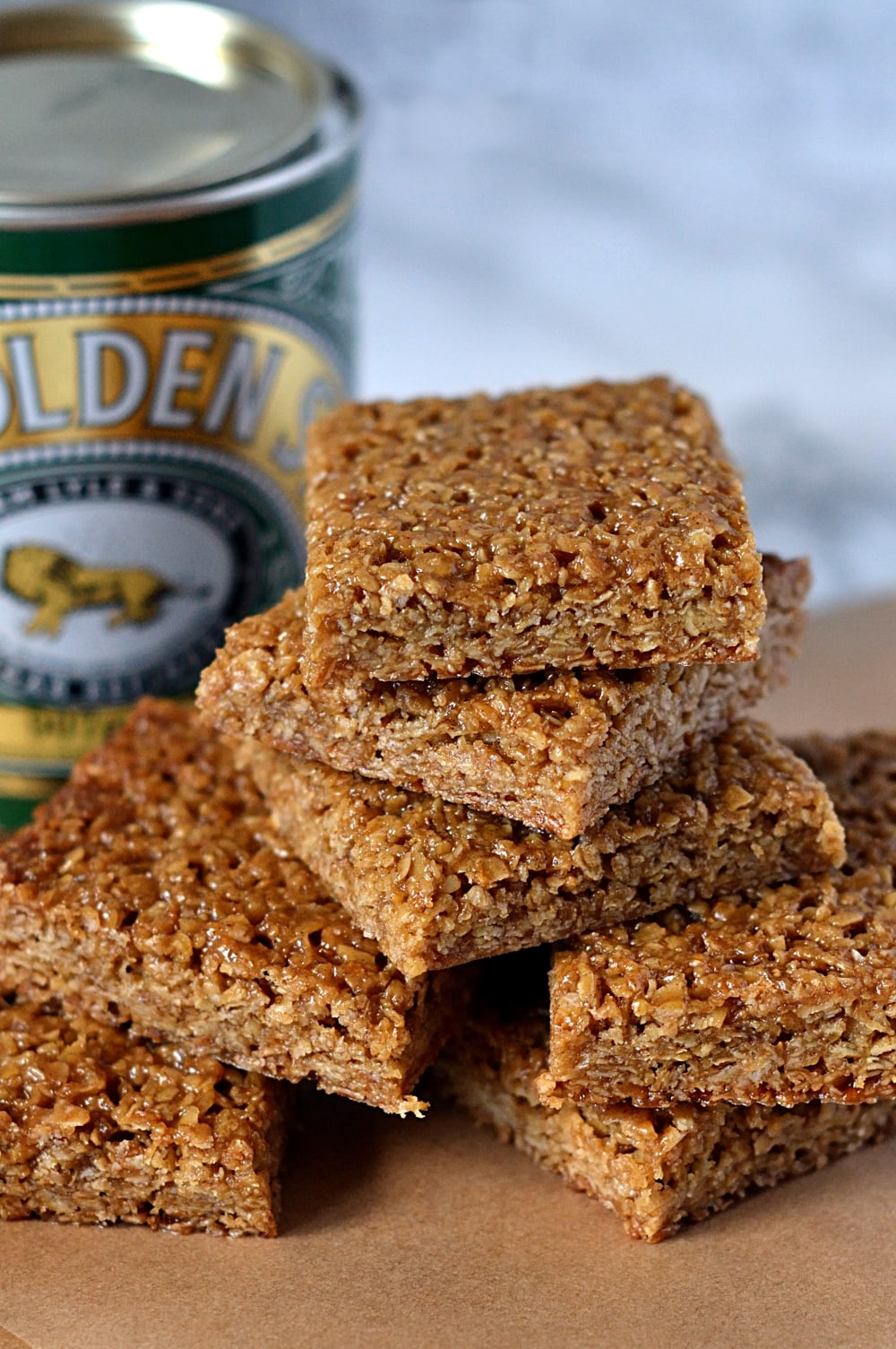

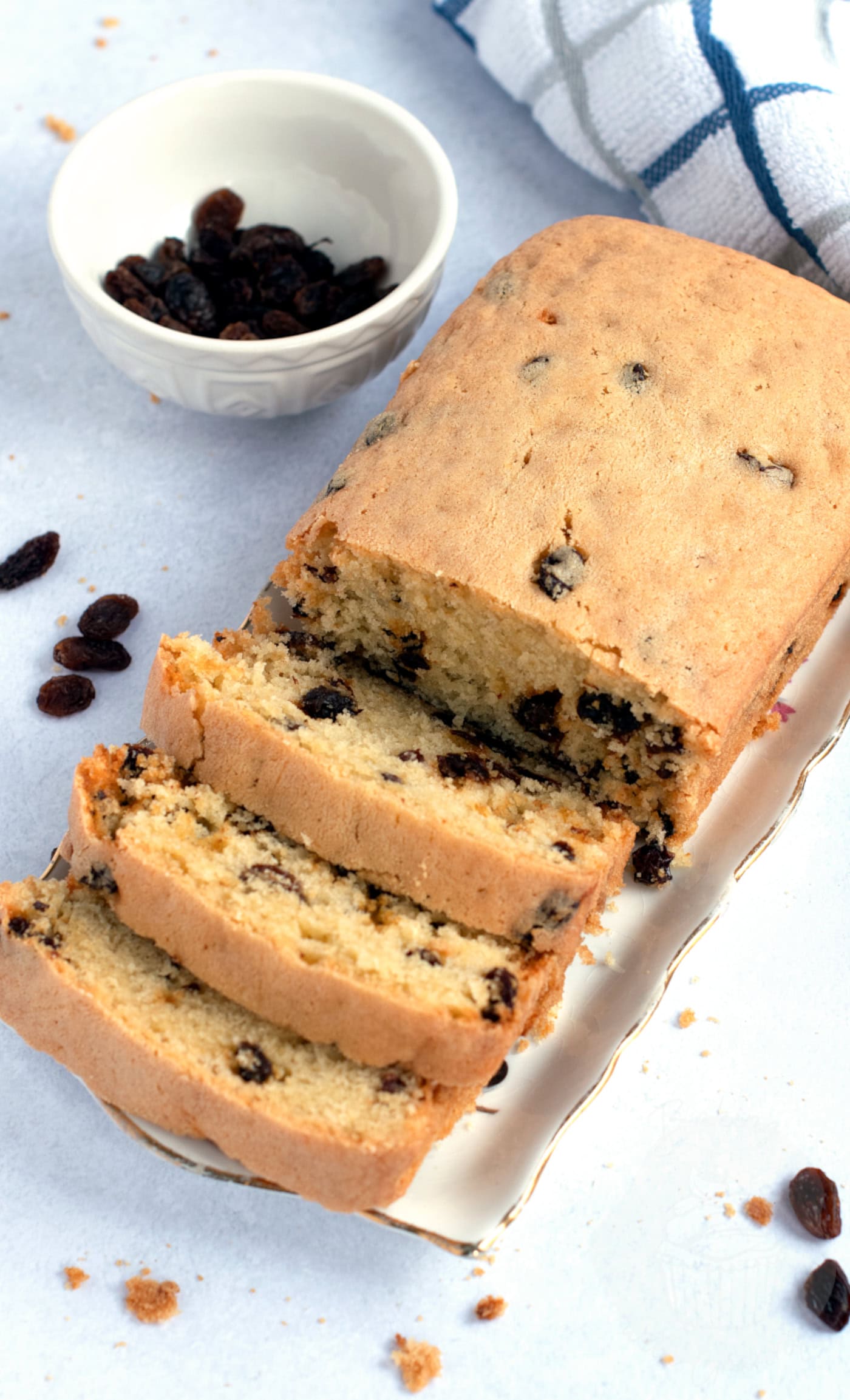
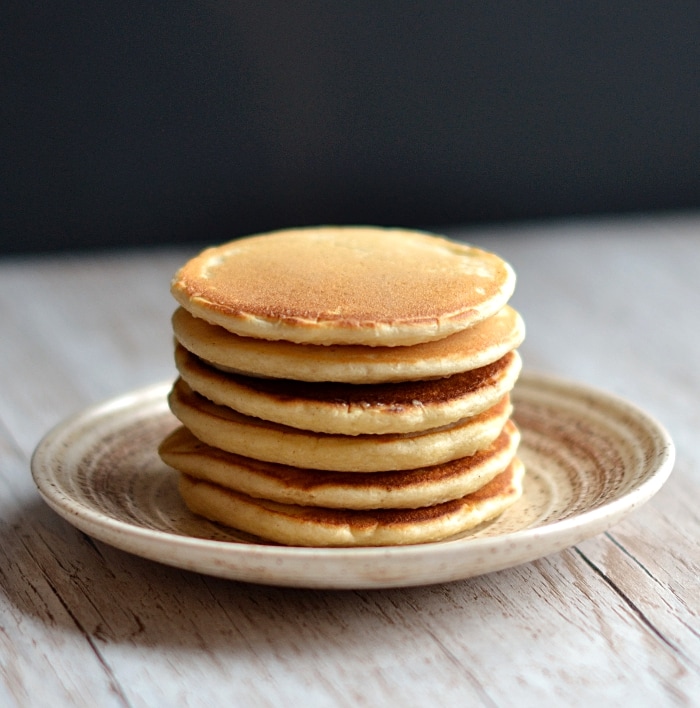
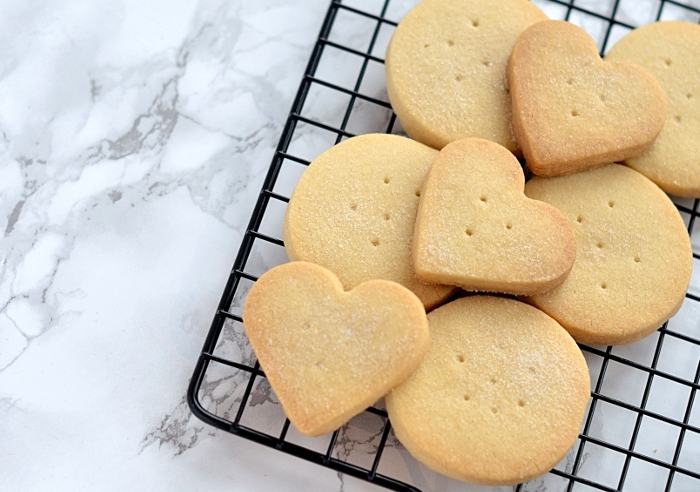








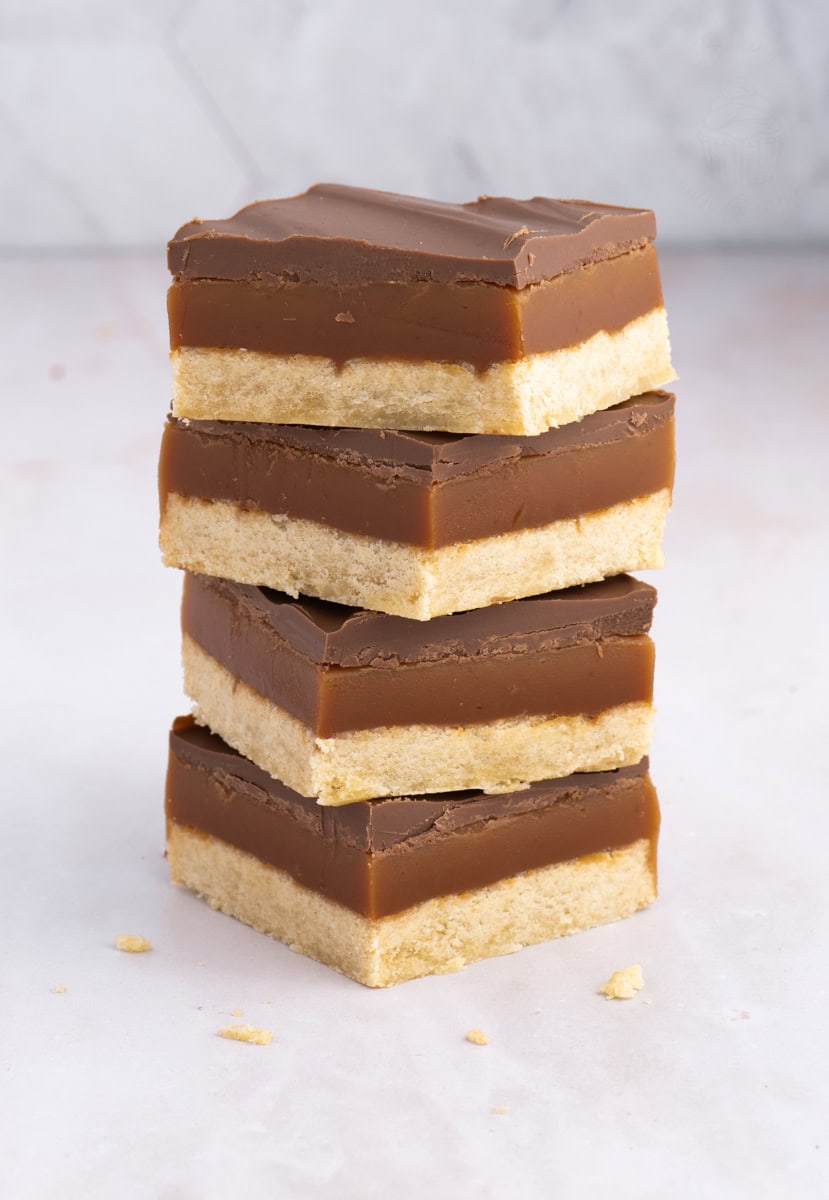
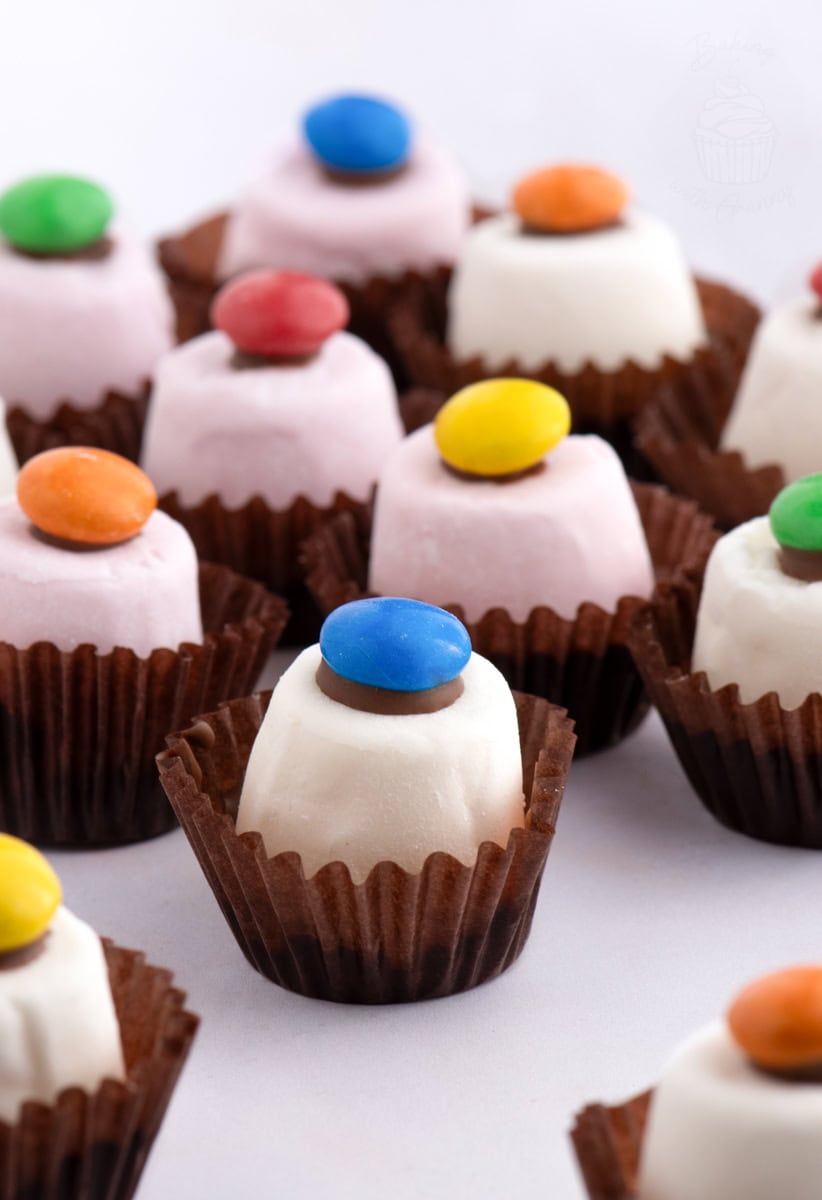
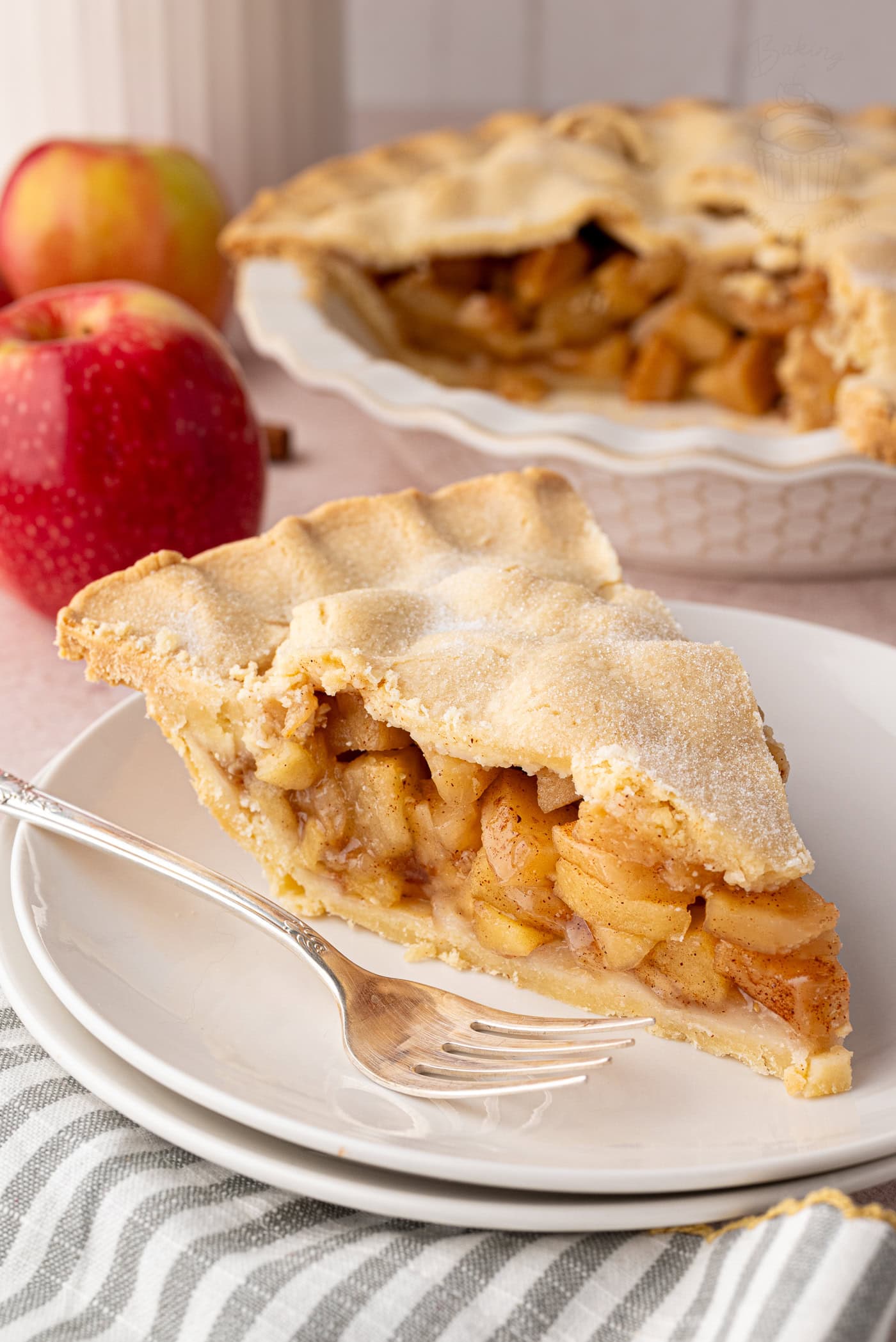
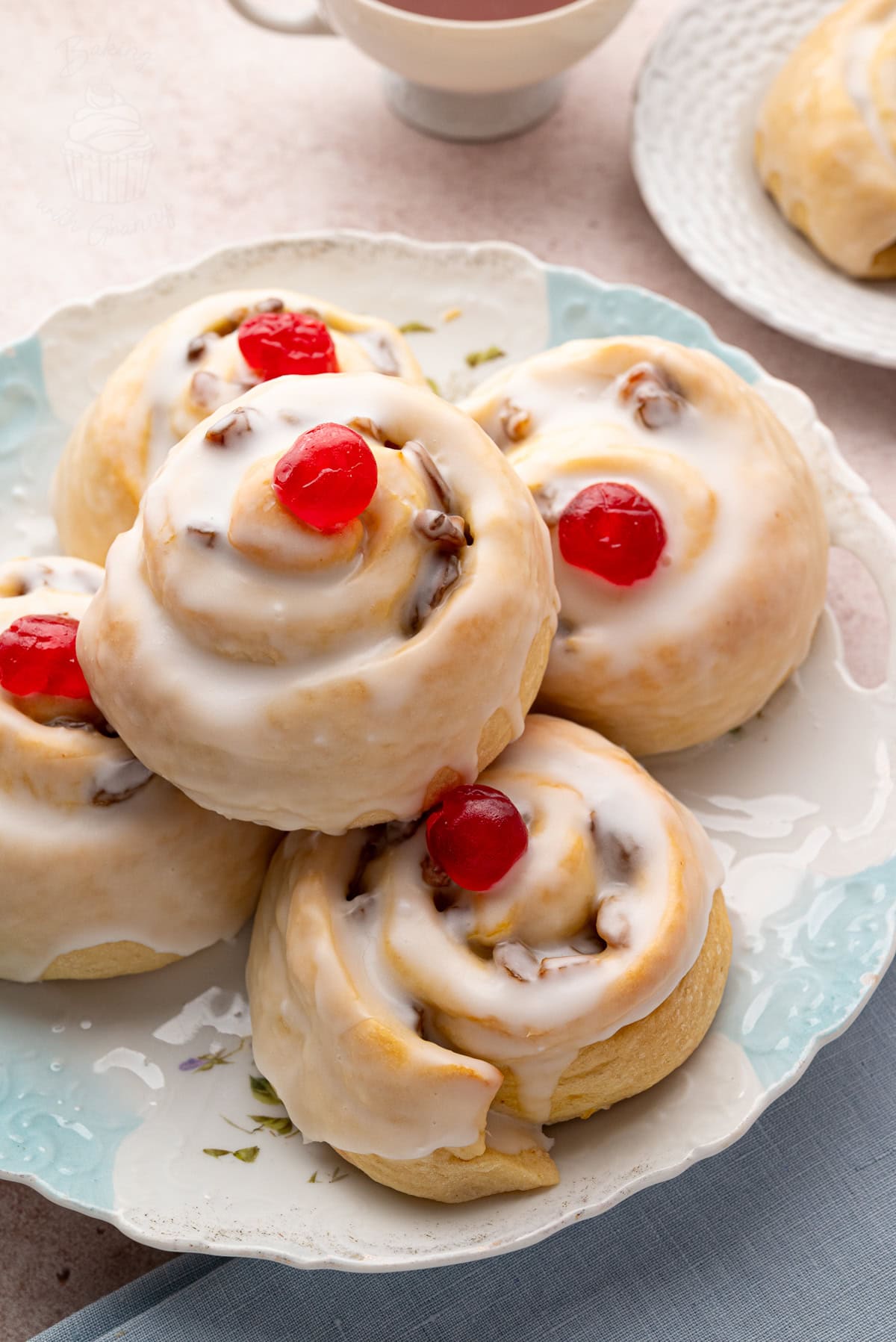

8 responses
Hi Amy how long will these scones keep ?
Hi Alex. Like all scones, these are best enjoyed on the day you bake them. They will however keep in an air-tight container for a few days with no issues. And if you felt they were becoming a little bit stale, you can always pop them in the oven for 5-8 minutes to bring them back to life. Alternatively you could make ahead and freeze them.
Hi Amy, do they freeze?
Hi Sheila. Yes, they should freeze fine. Just be sure to wrap them first, or keep them in an airtight container, and thaw before enjoying.
Hi do you cut them in harf and but butter in ?
Or are they sweet ?
Is it nice
Hi Amy
I’ve tried this victoria scones recipe and I found when I was mixing it with the milk and egg it became very sticky, too sticky to work with when I turned it out onto my well floured surface, it was nearly impossible to kneed and so hard to divide in to the 4 balls.
What went wrong? Perhaps it be better to add the milk and egg mixture gradually?
Only issue now is that my dad keeps hinting at me to bake more scones, now.